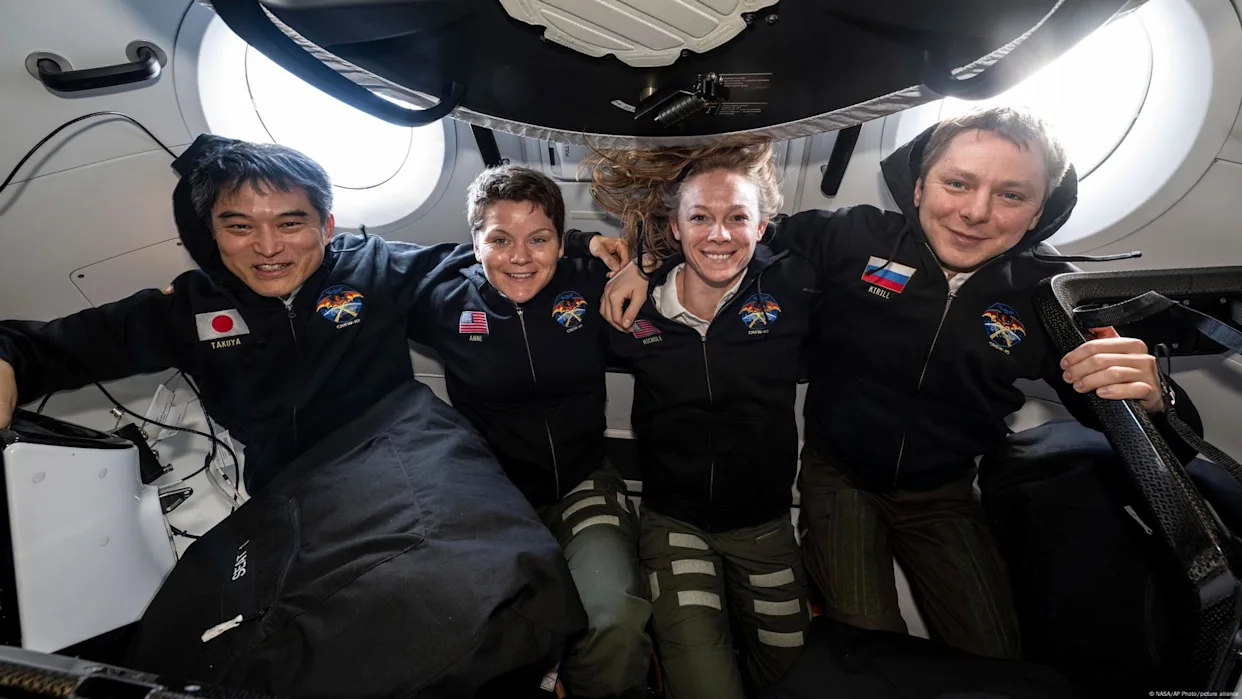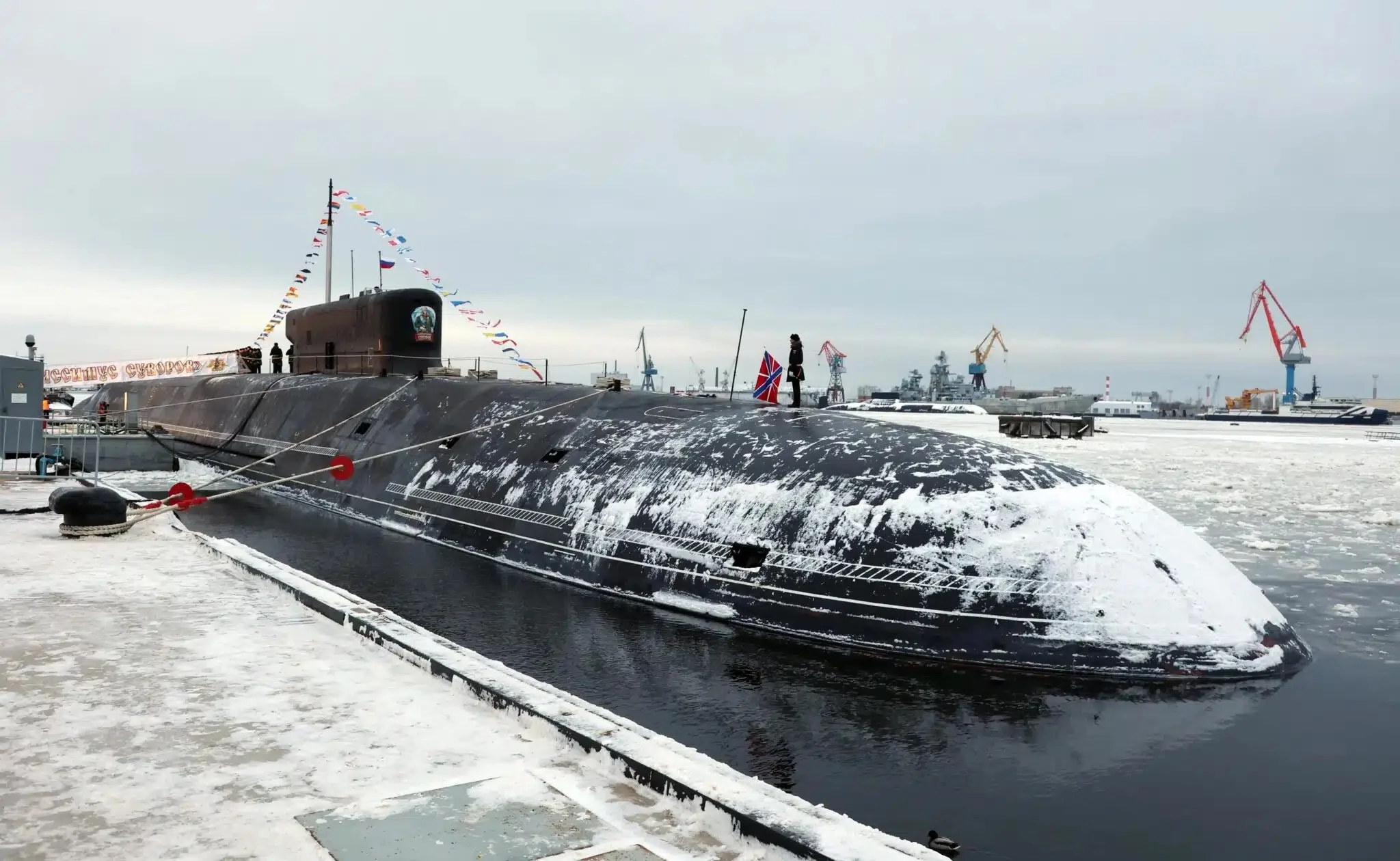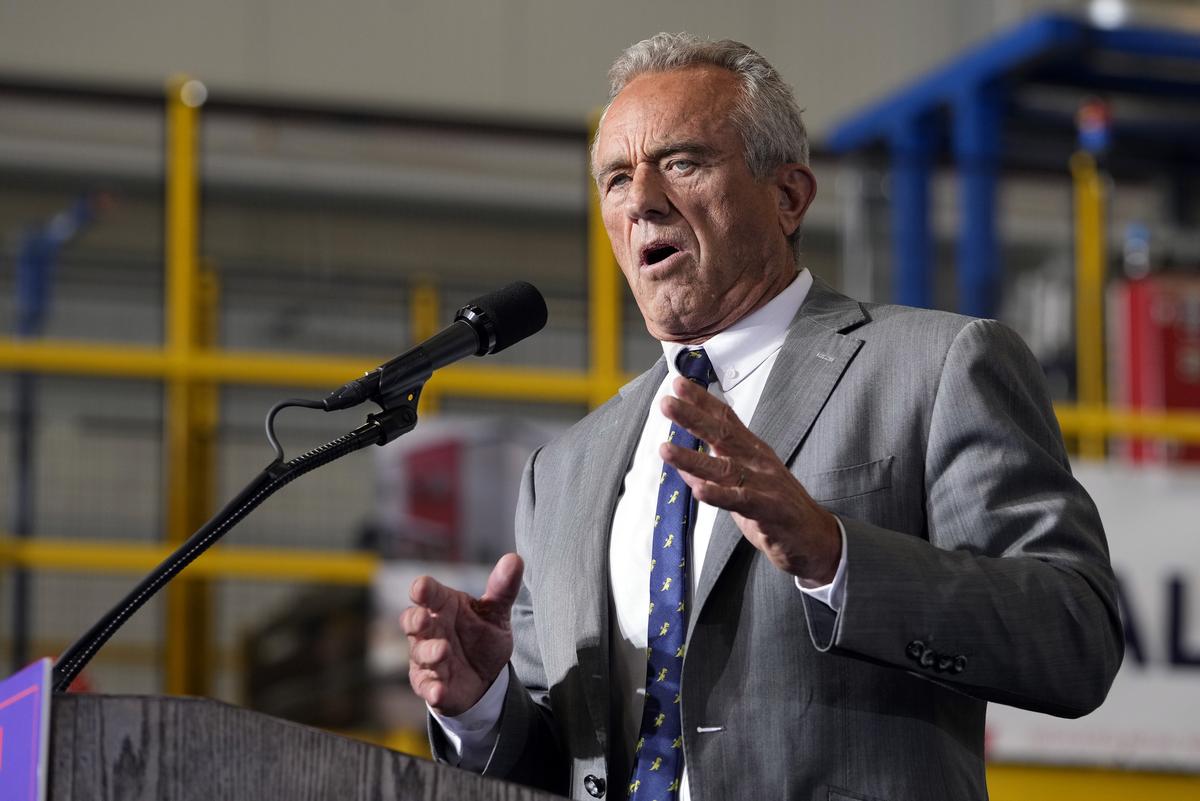
The recent return of NASA’s Crew-10 astronauts marked a significant milestone in space exploration. After spending several months aboard the International Space Station (ISS), the crew embarked on their meticulously planned journey back to Earth, a mission celebrated worldwide for its technical precision and human resilience. The departure and subsequent descent into Earth’s atmosphere exemplify the advancements in space travel technology and international collaboration in space missions.
The Departure from the International Space Station
On a carefully coordinated schedule, the NASA Crew-10 astronauts bid farewell to the ISS, officially beginning their return journey. According to reports from Newsonair, the crew undocked from the station, signaling the conclusion of their mission. The departure process involved precise maneuvering to ensure a safe separation from the station’s docking port, a feat that underscores the sophistication of current space docking and undocking procedures.
Following undocking, the crew transitioned into their descent module, preparing for the critical re-entry phase. The entire departure process was monitored live, with experts in mission control overseeing every step. Spacecraft systems such as navigation, thermal protection, and life support were checked rigorously before the journey’s next phase.
The 18-Hour Journey to Earth
The journey that ensued lasted approximately 18 hours, during which the crew experienced the effects of re-orbiting the Earth’s atmosphere. This period included several crucial operations:
- Re-entry Preparation — Ensuring the spacecraft’s heat shields and structural components could withstand the intense heat of atmospheric entry.
- Controlled Descent — Using onboard thrusters and navigational controls to guide the spacecraft along its descent path.
- Thermal Management — The spacecraft’s thermal protection system was vital in managing the extreme heat generated during re-entry.
- Final Splashdown — The crew’s capsule safely splashed down in designated ocean locations, a moment broadcasted live for global audiences.
Throughout this period, NASA provided continuous updates, demonstrating the high level of safety and reliability engineered into current spaceflight operations. The successful execution of this return journey exemplifies the culmination of years of development in crewed space missions, combining human skill and technological innovation.
Live Coverage and Public Engagement
NASA and various space agencies ensured that the world stayed connected with the crew’s descent. According to NASA’s official sources, live broadcasts covered every critical phase, from undocking to splashdown. This transparency not only fosters public interest but also demonstrates the importance of international cooperation in space exploration.
Media outlets like Hindustan Times and India Today highlighted the significance of these events, emphasizing the advancements in astronaut safety protocols and spacecraft technology. The coverage included real-time visuals, expert commentary, and interviews with mission control personnel and crew members, providing an immersive experience for viewers worldwide.
The Significance of Crew-10’s Mission
The return of the Crew-10 astronauts is more than just a milestone; it is a testament to the progress in human spaceflight. These missions serve multiple important purposes:
- Scientific Research — Experiments conducted aboard the ISS contribute to our understanding of microgravity effects on humans, materials, and biological processes.
- Technological Testing — Missions such as Crew-10 allow innovations in spacecraft design, life-support systems, and re-entry procedures to be tested and refined.
- International Collaboration — Space missions foster partnerships among NASA, international space agencies, and commercial partners, promoting shared scientific goals.
- Future Missions — Experience gained from Crew-10 paves the way for more ambitious explorations, including lunar bases and potential Mars expeditions.
Moreover, the successful crew return fuels optimism about commercial spaceflight and the safety of astronauts venturing into deep space. As space agencies continue to improve their technology and protocols, the future of human space exploration looks brighter than ever.
Looking Forward: Next Steps after Crew-10
Following their splashdown, crew members undergo extensive medical evaluations and debriefings. Their insights help improve subsequent missions and address challenges faced during space travel. Meanwhile, NASA and partner agencies plan their upcoming missions, aiming to build on the achievements of Crew-10.
The integration of commercial spacecraft, such as those under NASA’s Commercial Crew Program, signifies a new era in space exploration—one characterized by collaboration between government agencies and private companies. This model is expected to reduce costs, increase mission frequency, and foster innovation across the space industry.
Conclusion
The return of NASA’s Crew-10 astronauts after an 18-hour journey from the ISS is a remarkable achievement that highlights the strides made in space technology and human endurance. It underscores humanity’s continuous quest to explore beyond our planet and the collaborative spirit driving these endeavors. Each successful mission not only expands our scientific knowledge but also inspires future generations to reach for the stars.
As we look ahead to more daring explorations, the story of Crew-10 remains an inspiring chapter in our collective journey into the cosmos.
For more updated news please keep visiting Prime News World.








